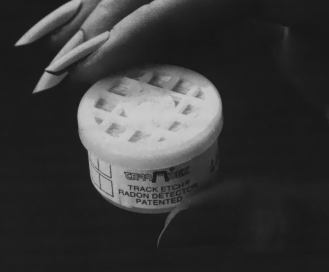

| Product | Price | Test Time | Results | Phone Number |
|---|---|---|---|---|
| Short-Term Detectors (within %48 of actual levels) | $ | (days) | (days) | |
| Air Chek | 10 | 4-7 | 9-13 | 800 247-2435 |
| First Alert | 18 | 2-3 | 8-11 | 800 323-9005 |
| RTCA | 25 | 2-5 | 4-13 | 800 457-2366 |
| Home Diagnostics | 28 | 7 | 9-14 | 212 308-1222 |
| Teledyne | 30 | 4 | 5-10 | 800 666-0222 |
| Long-Term Detectors (within %166 of actual levels) | ||||
| Key-Trac-Kit | 19 | 90 | 22-29 | 800 523-4964 |
| RadTrak | 25 | 90 | 16-23 | 708 755-7911 |

